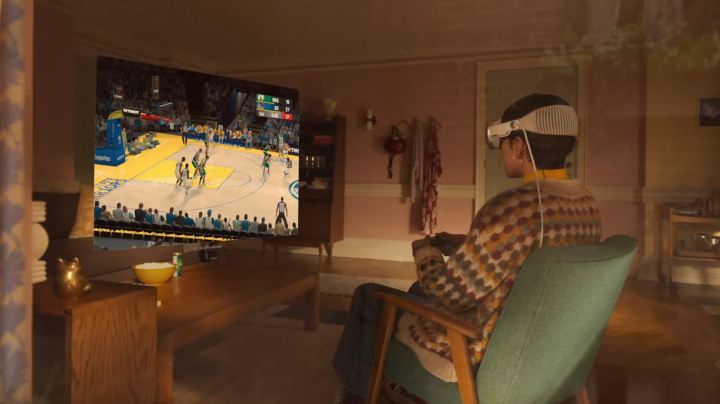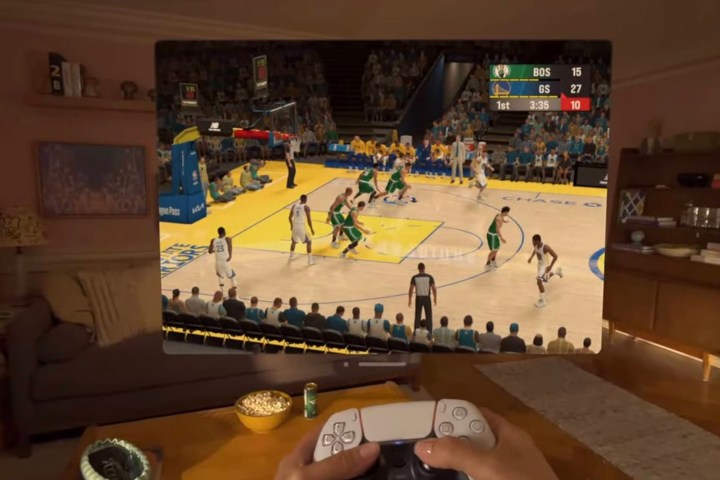Apple has touted its Vision Pro headset as a premier gaming device that works with many different controllers. But with extensive gesture control seemingly used everywhere on the product except for gaming, it feels like a missed opportunity.
Well, that could change in the future, as a newly published Apple patent (number 11709554) shows how future editions of the Vision Pro could transform your hands into gaming controllers, complete with fingertip controls and haptic feedback.

That would be enabled through what Apple somewhat blandly labels “finger devices.” These would consist of a small housing that wraps around each finger, with various sensors packed inside to detect your digit movements.
The sensors could work out when your fingers are tapping together, for example. Apple says its finger devices might also be able to determine how hard you’re pressing or moving your fingers thanks to embedded force sensors.
That’s interesting, you might be thinking, but doesn’t the Vision Pro already detect your finger movements thanks to its outward-facing cameras? Why would you need these little finger devices in the first place?
Well, the really interesting part of the patent concerns haptic feedback. According to Apple, its finger devices could be outfitted with a system that can tap or otherwise interact with your fingers in order to give the sensation of touching a real object in virtual reality.
Haptic output, the patent explains, may be used “to provide the fingers of a user with a desired texture sensation as a user is touching a real object or as a user is touching a virtual object.” In other words, future Vision Pro headsets might be able to convince you that you’re holding or feeling something that isn’t really there.
More immersive gaming

The implications of this kind of haptic gaming could be incredible. Not only would you get a deeply immersive visual experience, but also a convincing tactile experience too. That could potentially take your engagement with a game to a new level.
Right now, gaming on the Vision Pro usually involves a controller. That doesn’t put you in the game in the same way a set of haptic hand controllers would — instead of pressing a button to swing a sword, for example, you could actually perform the gesture yourself and have the finger devices map out the weighty feeling of the sword haft in your hand.
All that said, this is just a patent, so it’s possible Apple will never put it into action. But if you’re a fan of virtual reality gaming and want to see what could come next for the Reality Pro, there may be exciting times ahead.



